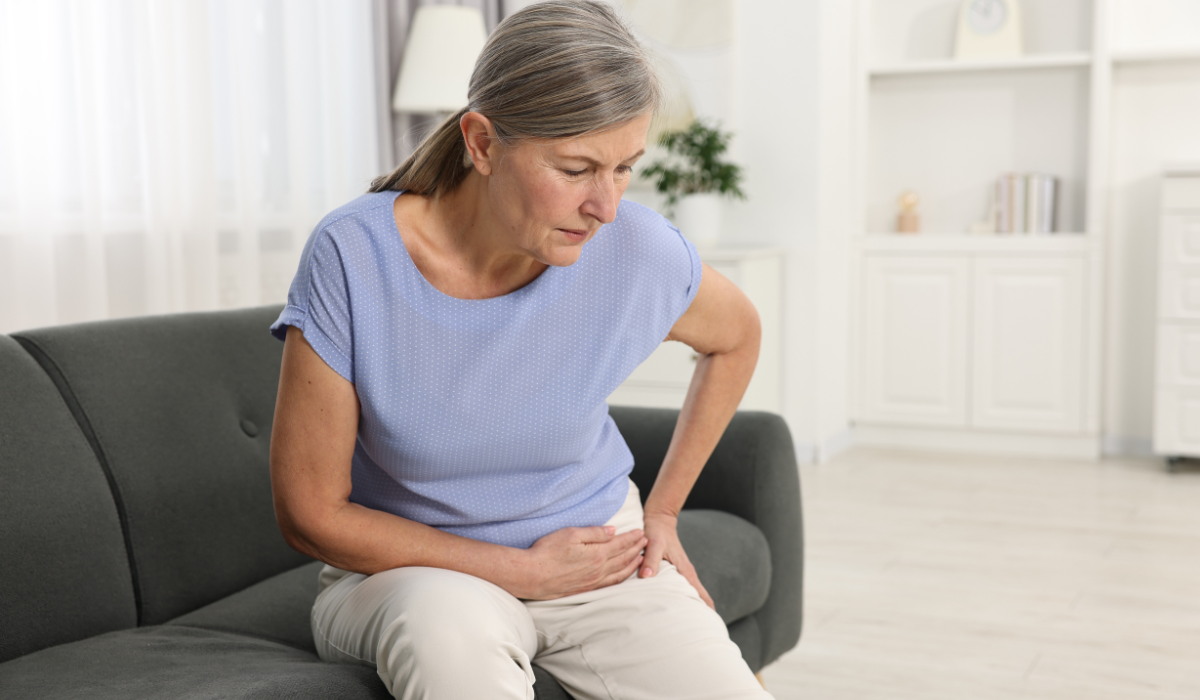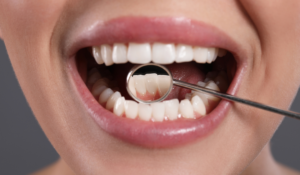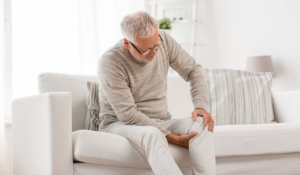Adult Perthes Disease is a rare but important hip condition involving pain, stiffness, and limited mobility. Most cases of Perthes disease occur in children, yet in adults, one observes chronic implications or late-manifestation features that worsen the quality of life. Walking, standing, and minimal movement are cumbersome tasks, decreasing the overall quality of life. Its signs, implications, and management must be known to preserve mobility and independence.
What is Adult Perthes Disease?
Adult Perthes Disease is a rare but complicated disorder that results from an interference with the blood supply to the hip joint and results in joint malfunction and bone loss. Perthes disease normally occurs in children but can occur in certain people who possess its aftereffects within their bodies even after becoming adults or acquiring them later in life. The condition gradually damages the hip joint, which causes limited mobility and significantly affects everyday functioning, autonomy, and overall quality of life.
Symptoms and Course of Adult Perthes Disease
Adults with Adult Perthes Disease usually have a variety of symptoms that gradually get worse. Some of the symptoms are:
- Chronic hip pain: Pain is usually deep in the hip and may become worse after extended periods of activity or movement.
- Stiffness and limited motion: Hip joint is stiff and is unable to make freely simple movements of activities of daily living such as bending, squatting, or walking.
- Difficulty in walking or standing for a prolonged period of time: Affected hip joint will not be able to bear the body weight and can also cause pain and discomfort when walking or standing.
- Leg length discrepancy: As the bones continue to weaken, the affected leg could become shorter in length compared to the other and cause the imbalance that is accountable for changing posture and gait.
Adult Perthes Disease, in the long term, can have a very serious impact on the joint, leaving one vulnerable to the onset of osteoarthritis. Empirical evidence attests that almost 40% of persons who have untreated childhood Perthes disease risk developing arthritis in their 50s or 60s, further curtailing their mobility and comfort levels.
Impact of Adult Perthes Disease on Mobility
The hip joint is at the center of mobility, equilibrium, and bearing weight. Even simple activities are hard for patients with Adult Perthes Disease. Frequent mobility issues among them are:
- Painful walking: Most patients develop a limp as there is persistent hip joint pain.
- Trouble standing in an upright position for an extended period: The hip cannot bear the weight of the body, and prolonged upright stance is painful or uncomfortable.
- Assistance device usage: Canes, walkers, and crutches are used most commonly to reduce weight-bearing on the involved hip, as well as to stabilize. Simple activities like ascending stairs, going grocery shopping, and doing housework may require assistance.
How Adult Perthes Disease Affects Quality of Life in Elderly Adults
In addition to mobility issues, the disease is highly disabling to overall well-being. Perthes Disease has consequences that are not only physical and may extend into mental, emotional, and financial arenas:
- Persistent pain: Chronic pain may interfere with sleep, restrict activities, and ruin overall well-being.
- Emotional distress: Most adults with this disorder are irritable, anxious, or depressed due to impaired mobility and dependence.
- Social restriction: Pain and movement restrictions can hinder one from going out, participating in leisure activities, or traveling, resulting in feelings of isolation.
- Medical expense: Numerous physician visits, physical therapy sessions, pain therapy, and use of assistive devices may yield substantial medical expenditures.
Treatment and Management Choices for Adult Perthes Disease

While there is no absolute cure for Perthes Disease, therapy focuses on relief from pain, protection of the joint function, and recovery of mobility. Some of the standard treatment procedures are:
- Physical therapy: Special exercises provide muscle strengthening around the hip joint, avoid stiffness, and promote flexibility.
- Methods to relieve pain: Analgesics, anti-inflammatory drugs, heat, and lifestyle changes can provide relief from pain.
- Surgery: Severe cases will sometimes require hip replacement surgery or other procedures in an attempt to regain mobility and reduce pain.
- Aids: Orthotics, shoe inserts, or orthopedic bracing can be used to help stabilize and balance the patient.
- Weight management: Staying at a healthy weight will reduce stress on the hip joint and slow down the progression of disease.
Coping Strategies for Older Adults with Adult Perthes Disease
Lifestyle modification is required to accommodate Adult Perthes Disease in a bid to attain maximal daily activity and functioning. Effective coping strategies are:
- Modify your house: Grab bars placed in the bathroom, a toilet seat riser, and rearranging furniture to allow open pathways may improve mobility and safety.
- Be physically active: Swimming, yoga, and stationary bicycle use are low-impact exercises that preserve joint function without undue hip stress.
- Join support groups: Sharing life with others who have similar issues offers emotional support, shared experiences, and coping mechanisms.
- Prioritize mental health: Meditation and controlled breathing as coping mechanisms and professional therapy can assist in stress and frustration management regarding chronic pain and mobility restriction.
Conclusion
Adult Perthes Disease is seriously disabling for mobility, activities of daily living, and overall well-being. However, with early therapy, lifestyle changes, and an efficient management plan, patients become fit and independent. A medical check-up, exercising daily, and a positive attitude are all necessary to manage this condition maximally. Good plans will make patients suffering from Adult Perthes Disease healthy and living normal lives irrespective of their condition.
FAQ’s
Is Adult Perthes Disease treatable?
While not curable, Adult Perthes Disease is treatable. Symptom management through medication, physical therapy, and lifestyle changes can help restore mobility.
Is Adult Perthes Disease always treated with surgery?
No, most can survive by controlling their symptoms using the application of therapy, medication, and life adjustment. Only the severe cases require surgery.
Is exercise beneficial in Adult Perthes Disease?
Yes, low-impact exercises like swimming, yoga, and stretching can be utilized to maintain joint flexibility and avoid stiffness.
How do older adults avoid further joint injury?
Maintaining a healthy weight, using assistive devices, and following physical therapy can help prevent joint injuries. These practices also slow the progression of joint diseases.






